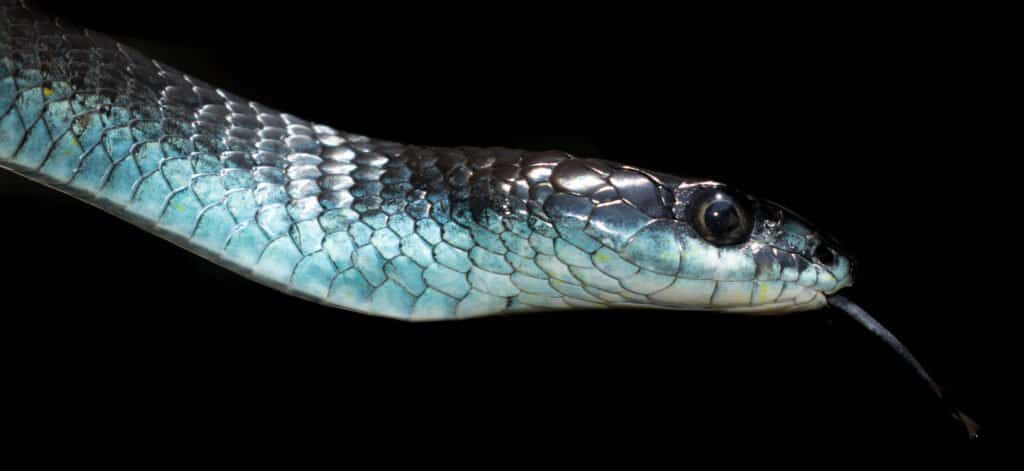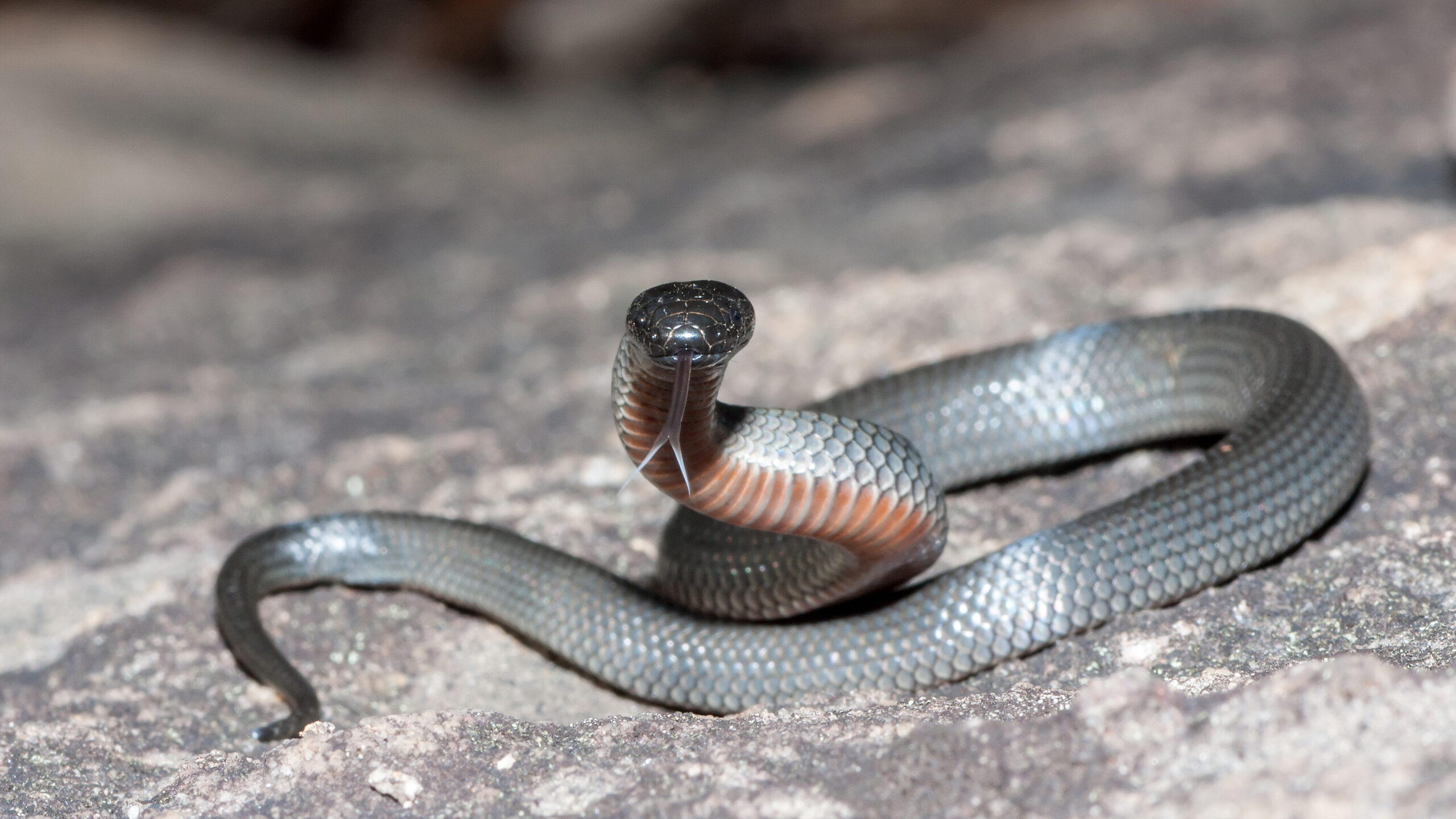Introduction
The Tasmanian tiger snake, scientifically known as Notechis scutatus, is one of Australia's the majority of intriguing reptiles. Located largely in Tasmania and its surrounding islands, this serpent has actually amassed attention not only for its striking look yet additionally for its intricate behavior and crucial role in the ecosystem. This post will explore the various facets of the Tasmanian tiger serpent's environment, actions, composition, and interactions with human beings while supplying crucial info about safety measures in instance of a snake bite.
Whether you're a scientist, a wild animals enthusiast, or simply someone interested about these remarkable animals, this thorough overview assures to deliver understandings that are both helpful and interesting. So allow's embark on this trip to comprehend the Tasmanian tiger serpent better!

The Tasmanian Tiger Serpent: An Overview
Physical Characteristics of the Tasmanian Tiger Snake
Tiger serpents are characterized by their distinctive coloration and patterns. They normally show a mix of yellow or cream red stripes on a dark brown or black background-- therefore the name "tiger." Adult tiger serpents can mature to approximately 2.1 meters long, although many people average around 1.5 meters.
Key Attributes:
- Coloration: Differs from dark brown to olive environment-friendly with lighter bands. Size: Grownups usually vary from 1.2 to 2.1 meters. Head Shape: Clearly wide with noticeable eyes.
Distribution and Habitat of the Tasmanian Tiger Snake
The Tasmanian tiger serpent predominantly occupies coastal areas, marshes, marshes, and grasslands in Tasmania. It grows in environments where it can quickly access water resources given that it is frequently discovered near streams or lakes.
Habitat Preferences:
- Wetlands: Perfect for hunting prey like frogs and tiny mammals. Coastal Areas: Offers abundant food resources. Grasslands: Provides cover and basking spots.
Understanding Tiger Serpent Behavior
Feeding Behaviors of the Tasmanian Tiger Snake
Tiger serpents are meat-eating and opportunistic feeders. Their diet plan is composed primarily of frogs, Get more info fish, little creatures, and birds. They rely on their eager eyesight and swift activities for hunting.
Dietary Malfunction:
- Frogs: A key component due to wealth in wetland habitats. Fish: Frequently caught when swimming in shallow waters. Small Creatures: Occasionally victimize rodents.
Breeding Actions of the Tasmanian Tiger Snake
Tiger serpents have an interesting reproductive cycle. Mating commonly takes place in springtime after emerging from hibernation. Female tiger snakes bring to life live young as opposed to laying eggs, which is somewhat special among reptiles.
Reproductive Cycle:

- Mating Period: Spring (September to November). Gestation Period: Approximately three months. Litter Dimension: Arrays from 20 to 40 child tiger snakes.
Aggression and Defense Mechanisms of the Tasmanian Tiger Snake
Though they can be aggressive when intimidated, tiger snakes commonly like to pull back as opposed to face risk straight. Their key defense mechanisms include biting when cornered or showing their size via hissing.
Defensive Strategies:
- Hissing Sound: A warning signal showing distress. Bite Action: A last option when escape choices are limited.
Are Tiger Snakes Venomous? Recognizing Their Venom
Venom Make-up and Effects
Yes! The Tasmanian tiger serpent is poisonous. Its venom contains neurotoxins that can cause serious harm or even death if left neglected. The impacts of a bite can include paralysis, swelling at the bite site, nausea or vomiting, and other systemic symptoms.
Venom Features:
- Neurotoxic Parts: Affect nerves functioning. Hemotoxic Results: Can result in cells damage.
Common Symptoms Adhering to a Tiger Serpent Bite
Recognizing signs and symptoms quickly is important for effective first aid monitoring after a snake bite:
- Severe discomfort at bite site Swelling Nausea or vomiting Difficulty breathing
First Help for Snake Bites: What You Need to Know
Immediate Tips After a Tiger Serpent Bite
In case you run into a circumstance involving a tiger snake bite, it's necessary to act swiftly:
Call emergency solutions immediately. Keep the impacted arm or leg immobilized at heart level. Remove tight garments or jewelry around the bite site.Creating Your Snake Bite Emergency Treatment Kit
Having a properly stocked first aid package can make all the distinction during emergencies:|Item|Purpose|| ------|---------|| Compression plaster|To paralyze arm or leg|| Splint|To support hurt location|| Disinfectant wipes|For cleaning up wounds|
FAQs About the Tasmanian Tiger Snake
What do child tiger snakes eat?
Baby tiger serpents mainly feed upon tiny bugs and amphibians up until they grow Website link big enough to search bigger prey like frogs or small fish.

How unsafe is a tiger snake bite?
A tiger serpent bite can be extremely harmful as a result of its powerful venom; instant medical attention is vital for survival.
Where are eastern tiger snakes found?
Eastern tiger serpents occupy seaside regions throughout southeastern Australia but are less common than their Tasmanian counterparts.
What must I do if I see a tiger snake?
Maintain your range; do not try to handle it unless you're educated to do so-- most attacks take place throughout attempts at capture or mishandling.
Can I make it through without antivenom after being bitten?
While some people may make it through without antivenom relying on numerous factors such as https://ameblo.jp/collingebj170/entry-12875828654.html health problems and time considered therapy; looking for instant clinical help is always advised as it significantly boosts survival chances.
Are there any certain safety measures I should take while treking in Tasmania?
Always use tough boots, stay on significant tracks, avoid high yard where exposure might be limited; acquaint yourself with regional wild animals before heading out into nature!
Conclusion
The Tajamanian tiger serpent represents an important part of Australia's abundant biodiversity landscape both ecologically as killers and culturally as signs within Australian mythology. Recognizing their habitat preferences in addition to actions gives understanding right into just how we can exist together securely while appreciating wild animals limits-- remembering that recognition leads us towards safer experiences outdoors!
By staying notified concerning possible dangers such as envenomation from bites while also taking preventive measures makes certain positive experiences when running into these interesting animals!
In final thought, whether you're intrigued by their striking appearance or astounded by their complex actions-- the Tasmanian tiger snake definitely should have recognition past plain attraction-- it encapsulates nature's beauty intertwined intricately within our ecosystems!